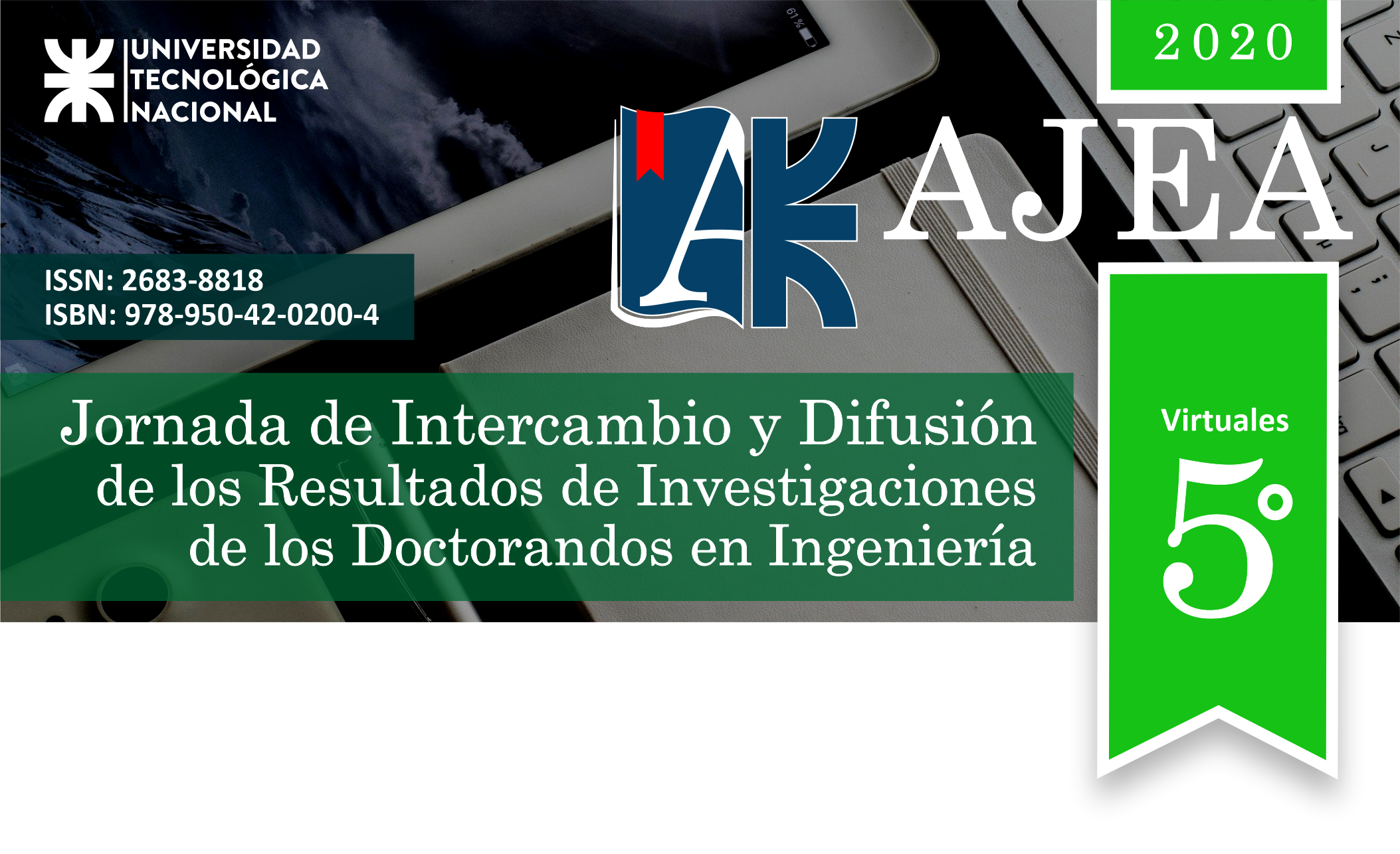Long Period Fiber Gratings Application for Cement Based Materials Sensing
DOI:
https://doi.org/10.33414/ajea.5.668.2020Keywords:
Cement based materials, Sensing, Optical sensors, Optical fiber, Long period gratingsAbstract
Cement based materials are the most widely artificial materials. The knowledge of the evolution in time of their characteristics and properties is of great interest because they influence the performance of the structures they conform. From this point of view, monitoring changes in certain parameters related to durability can benefit decision-making aimed at preventing situations that potentially affect requirements compliance related to service (stiffness), safety (resistance) and aesthetics (surface appearance) for which the structures were designed at project stage. The detection of the presence and / or changes in concentration of specific chemicals can be used to identify the incubation or propagation of phenomena that threaten the service life of the structure. This paper analyzes the application of an optical technique based on the use of long period fiber gratings for monitoring the presence and / or concentration levels of harmful chemicals inside the material. Preliminary results corresponding to the development of a humidity sensor that will be used in the determination of internal humidity of civil structures are presented.










